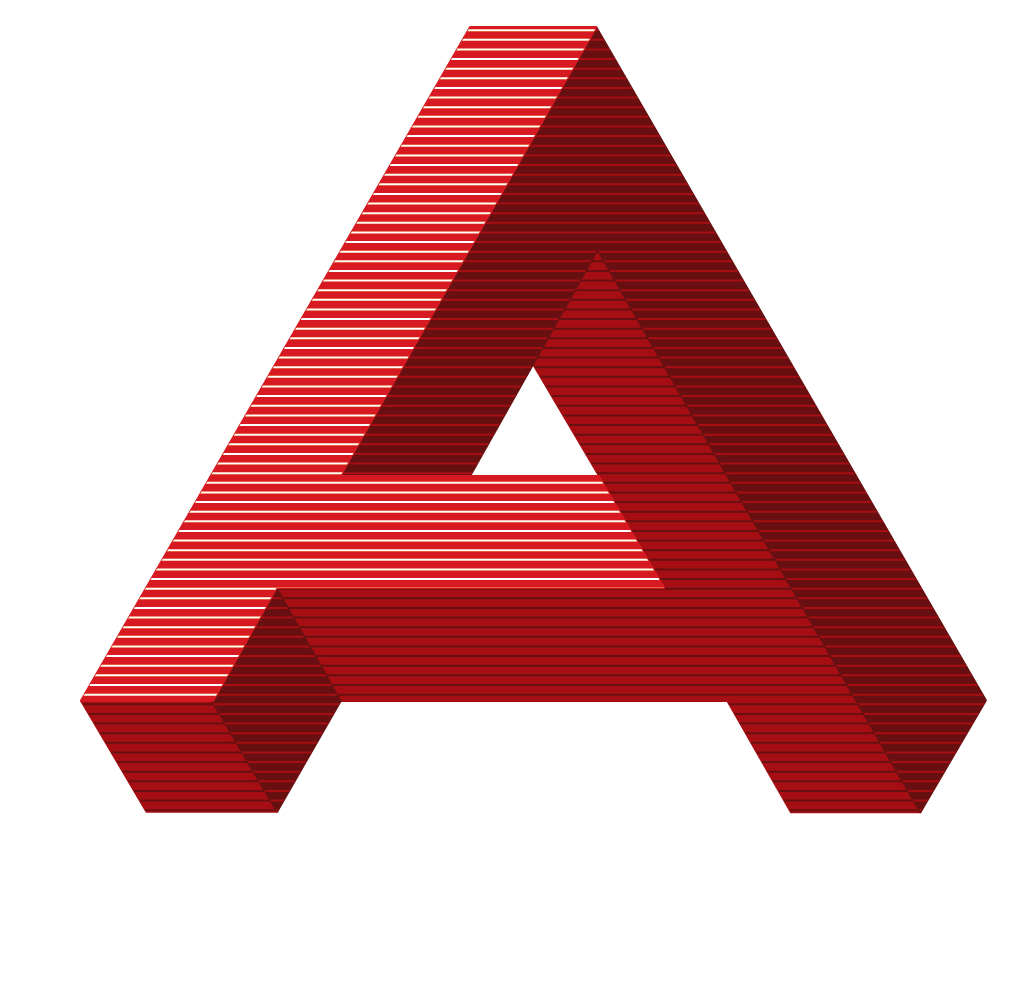Azoth Finishes for Metal 3D Printed Parts
Azoth’s Metal Binder Jetting (MBJ) excels in producing intricate small metal components with remarkable resolution. Unlike other metal 3D printing methods, Azoth’s MBJ delivers an exceptional as-printed surface finish, typically achieving a roughness average (Ra) of around 6 micrometers. This results in a surface texture reminiscent of fine sandpaper, providing both tactile appeal and a matte finish.
However, what if your part demands a different aesthetic altogether?
Azoth provides a diverse range of finishes tailored to meet the exacting standards of various industries, from luxury automotive interior components to high-fashion jewelry. Our finishes go above and beyond industry norms, ensuring your parts stand out with exceptional quality and aesthetics. But what specific finishes do we offer?

Bead Blasted
Bead blasting is an affordable and efficient surface finishing technique. By propelling fine abrasive media at high velocity onto the part's surface, it effectively eliminates minor irregularities like vice marks or loose powder particles. The outcome? A noticeably smoother and more uniform surface texture, often achieving an average roughness (Ra) of approximately 4 micrometers.
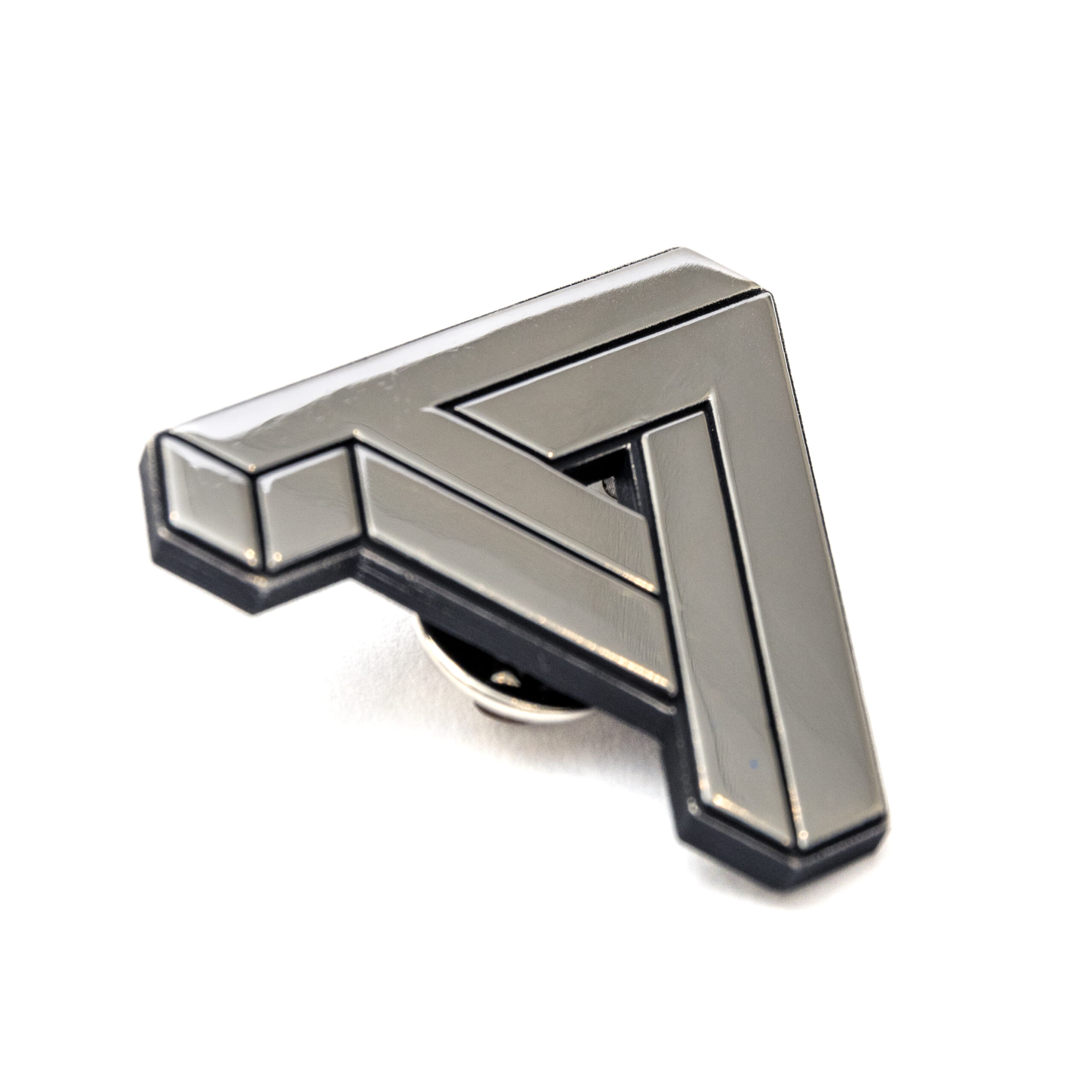
Brushed Finish
A brushed finish is attained by systematically abrading the surface using pads, brushes, or sandpaper, all in a uniform direction. This technique imparts a contemporary and industrial aesthetic to the component. Moreover, it effectively conceals undesired surface artifacts like layer lines, enhancing the part's overall appearance. This finish offers a degree of customization, allowing for adjustments in the direction, depth, and intensity of the brush marks to achieve the desired aesthetic effect.
High Polish
A high polish surface finish reveals a smooth, reflective appearance, typically resulting in a glossy and professional aesthetic. At Azoth, we provide a range of polish options. Whether manual, automated, or a combination of the two, we ensure the perfect finish for your part, accommodating various cost models.
To achieve a high polish, several steps are typically involved, although the specific process may vary based on the part and application. Here's a typical workflow:
- Initial Surface Preparation: This may involve sanding or blasting to remove any imperfections or surface irregularities.
- Progressive Polishing: A series of increasingly fine abrasives are used to smooth out the surface. This can be achieved through various compounds and abrasive pads or via centrifugal polishing techniques.
- Buffing: Soft cloths or wheels are utilized to impart a shine and further smoothness to the surface.
- Final Finishing: A compound or surface coating is applied to protect the finish and enhance its luster.
This multi-step process ensures that the result is a surface with a high gloss and professional appearance. It's a popular choice for applications in industries such as jewelry, luxury goods, and decorative items, where aesthetics play a significant role and a flawless finish is essential.
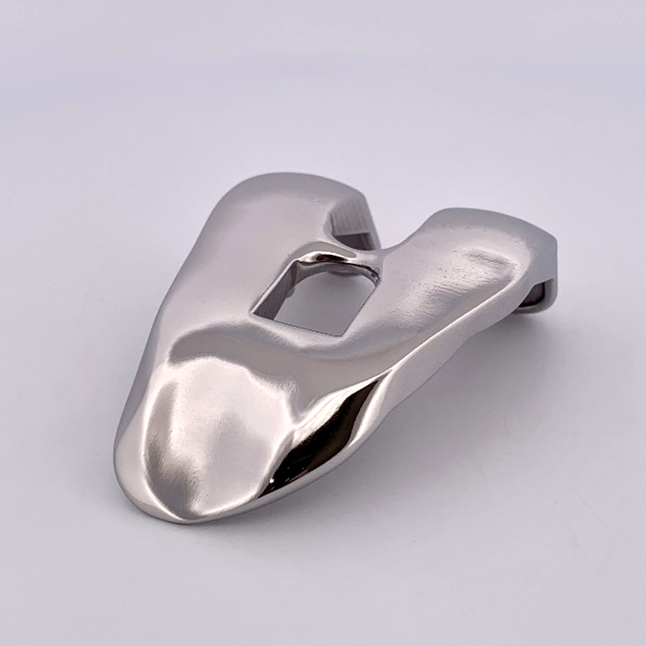

Cerakote
Cerakote is a type of thin-film ceramic coating commonly used as a protective finish. It improves durability, corrosion resistance, abrasion resistance, and chemical resistance. For these reasons, Cerakote finishes are often used in industries such as firearms, automotive, aerospace, and sporting goods.
The application of Cerakote involves meticulous surface preparation, followed by the precise spraying of the coating onto the surface. Subsequently, the coating is cured to form a durable and protective layer. While black and white are commonly used, Cerakote offers a broad spectrum of customizable colors and sheens to suit specific preferences and design requirements.
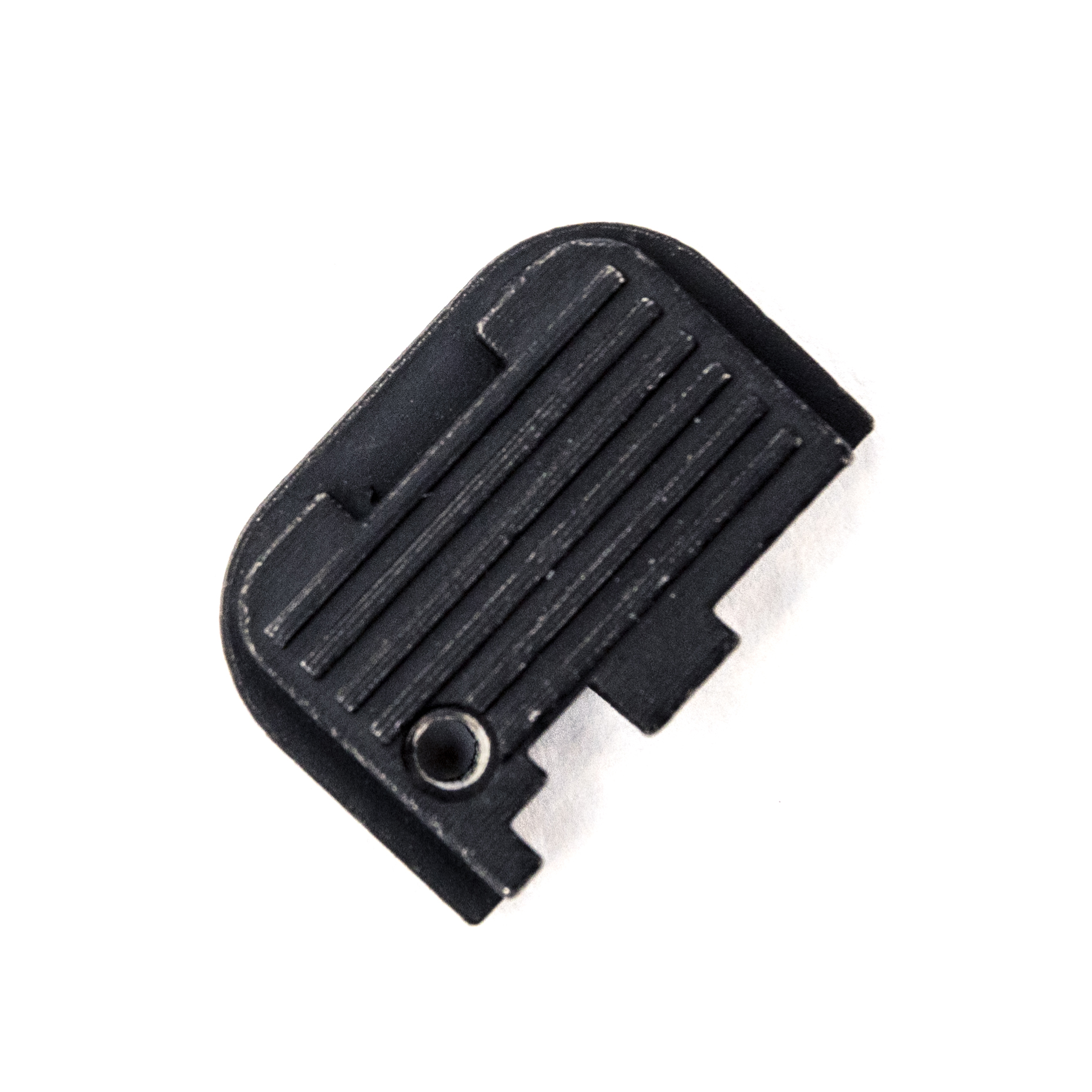
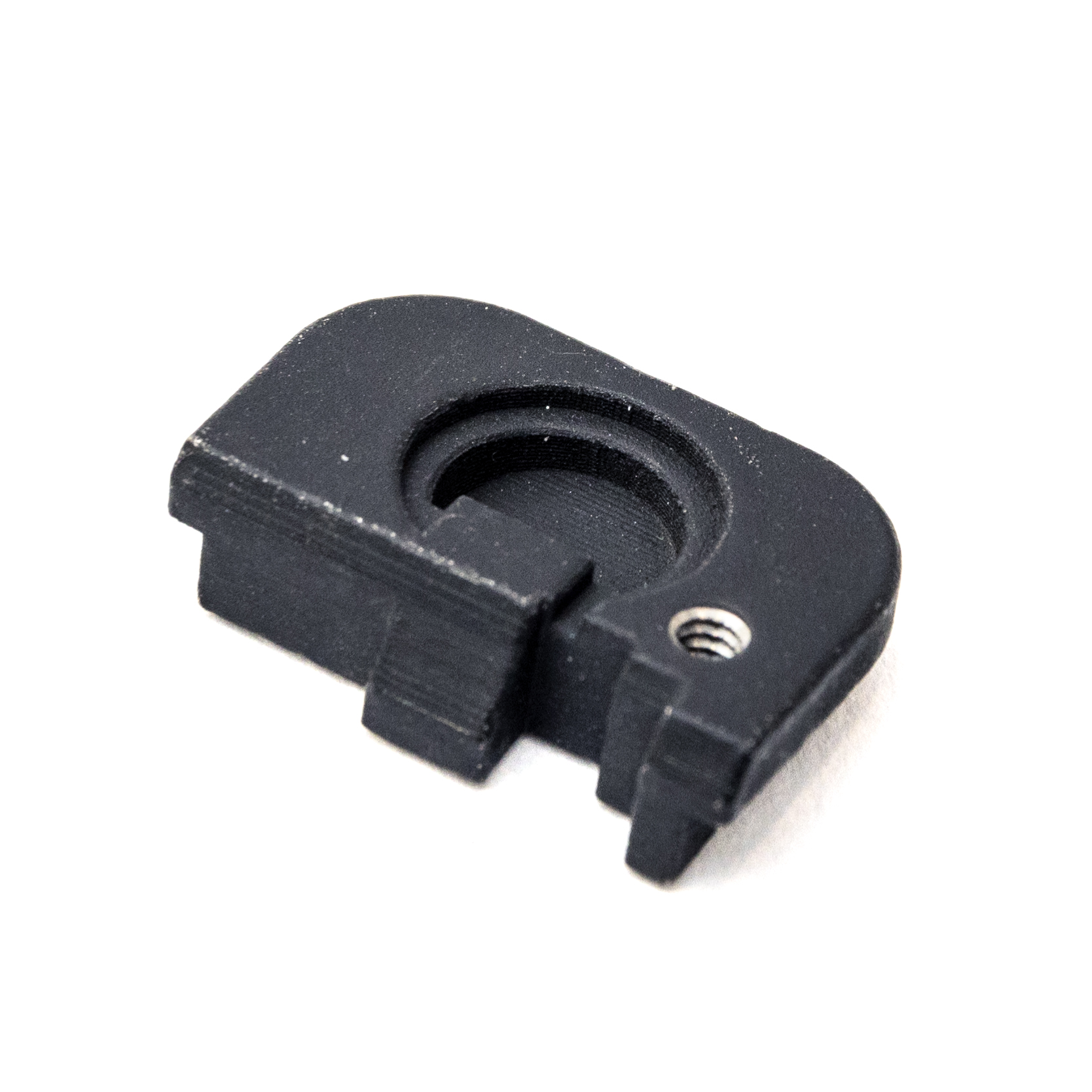
Physical Vapor Deposition
Physical vapor deposition (PVD) is a vacuum deposition technique used to create thin films over a surface. PVD coatings are commonly applied to enhance surface properties, such as hardness, wear resistance, corrosion resistance, and aesthetic appearances.
The PVD process starts with surface preparation, ensuring the substrate is free from contaminants. Next, a solid source material, often a metal or alloy, is heated within a vacuum chamber until reaching its vaporization point. As the vaporized metal atoms disperse, they condense onto the substrate's surface, gradually forming a thin film.
PVD yields a remarkably uniform coating, guaranteeing both consistent performance and appearance across the substrate. Its versatility shines through in its ability to produce an extensive array of colors, including metallic, matte, and glossy finishes.
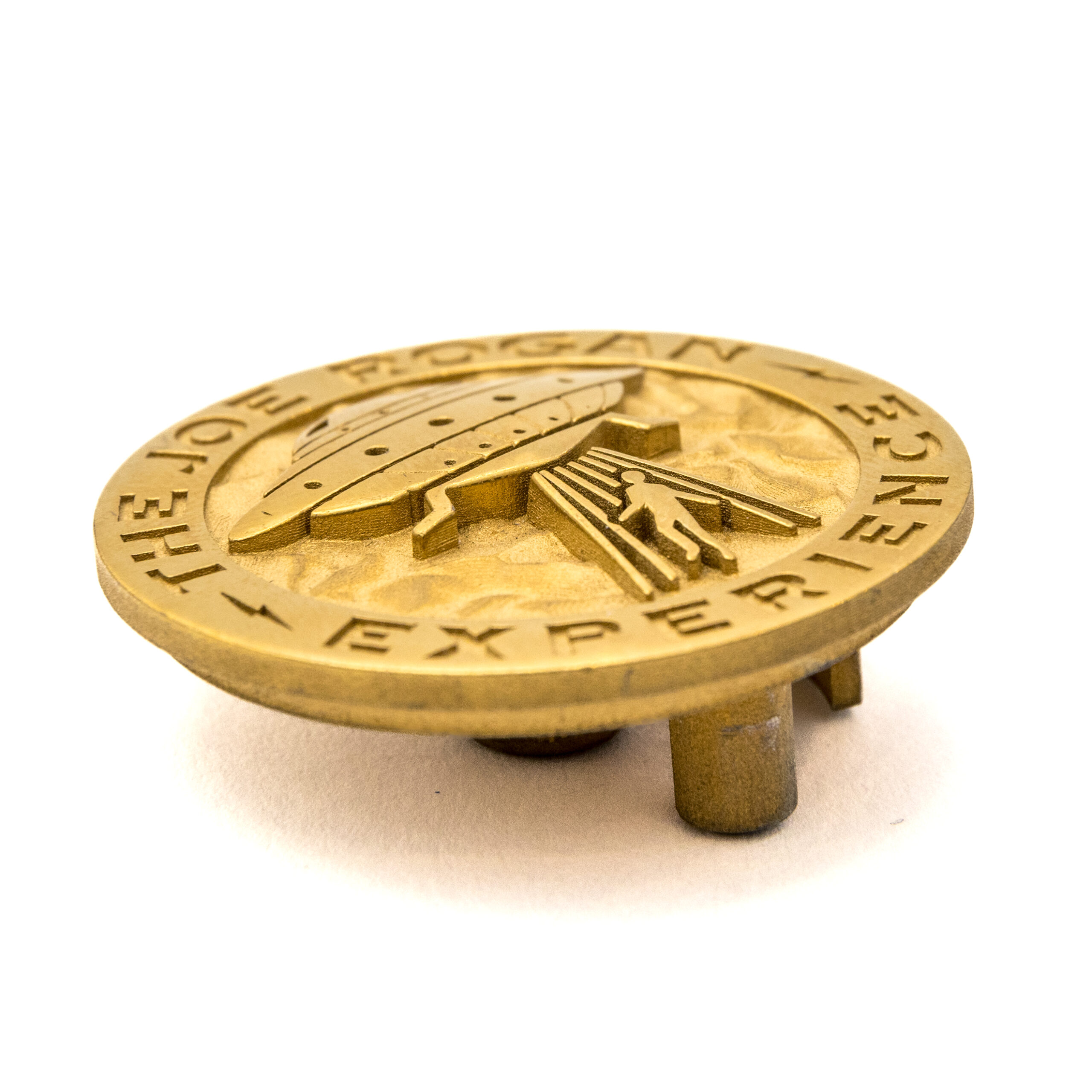
Chrome Plating
Chrome plating imparts a mirror-like finish to metal 3D printed parts. Beyond just looks, chrome plating provides outstanding durability and corrosion resistance. This makes it an ideal choice for parts that require protection against environmental factors and extensive wear over time. From luxury car parts to high-end consumer products, Azoth operates to industry standards. Such as 756 Galvano Silver, General Motor’s specification for chrome plating on production vehicles components, a finish commonly known as Satin Nickel Chrome.
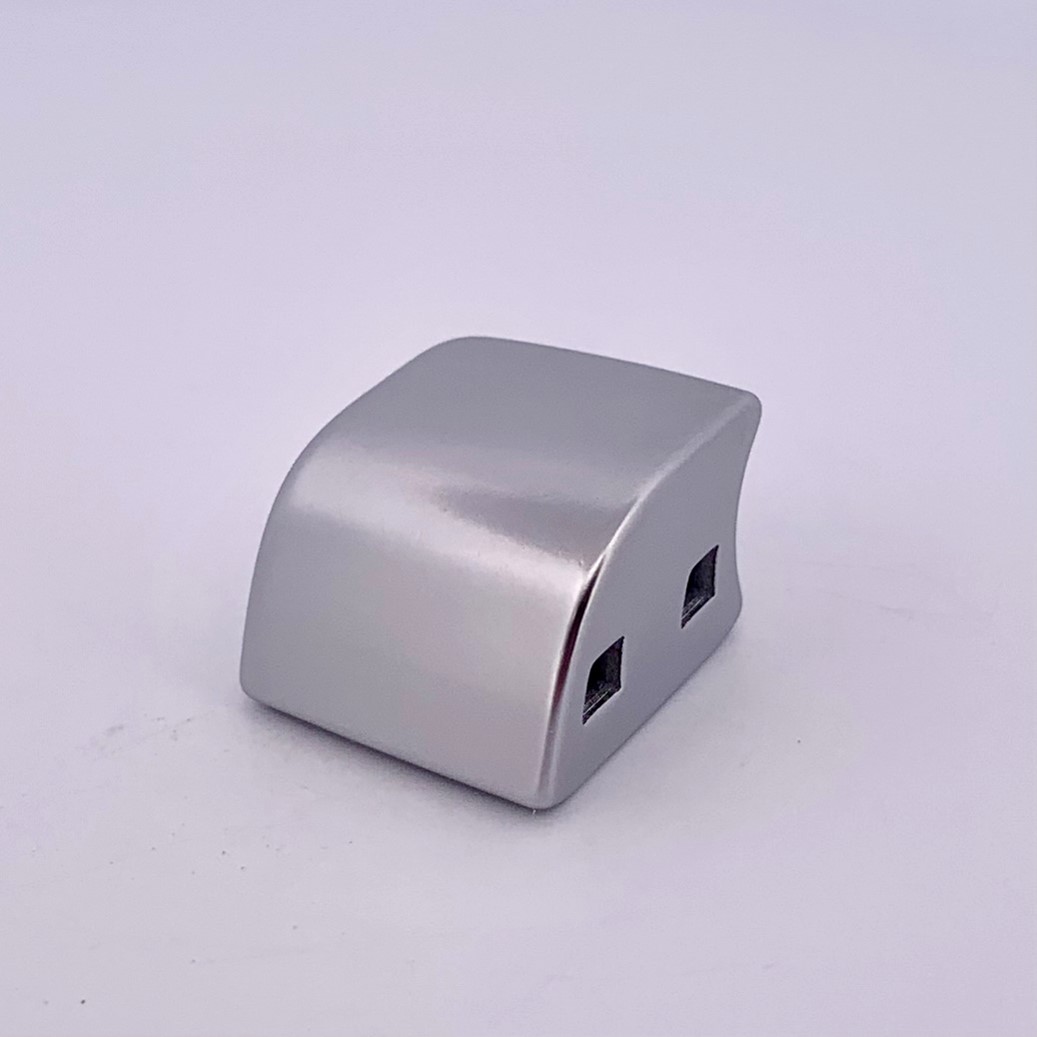
Combination
The finishes mentioned can be combined to craft a distinctive appearance. For instance, pairing Cerakote with a high polish creates a striking high contrast, high-end look, ideal for applications like emblems and badging. Combinations not only elevate the visual appeal but amplify the overall impact of the finished product.
For instance, a metal binder jet printed part can undergo bead blasting to achieve a smooth and defect-free surface. Following this, select surfaces can be evenly coated with Cerakote while other select surfaces can be polished. A process like this was used to create the emblem shown below.
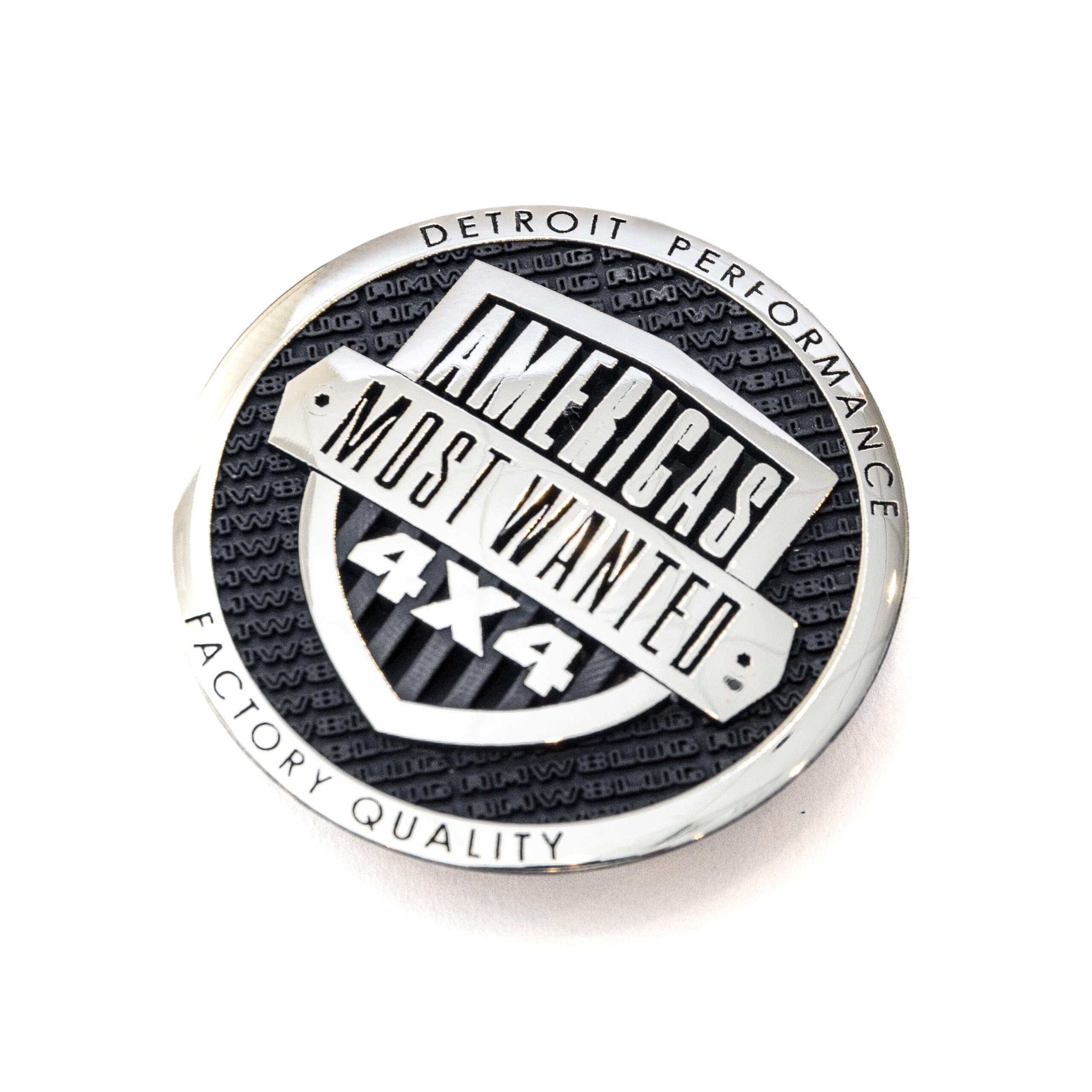
The Final Touch
Azoth’s Metal binder jetting opens doors to intricate and distinctive geometries. Azoth takes this to the next level by providing an array of finishes, taking your parts to new heights. With a focus on enhancing surface properties and delivering consistent and unparalleled aesthetics, Azoth offers the perfect surface finish for your needs.
Have any questions? Don't hesitate to contact our application engineering team at info@azoth3D.com for any inquiries. When you're set to roll, submit your parts to Azoth and combine cutting-edge 3D printing technology with top notch finishes.
